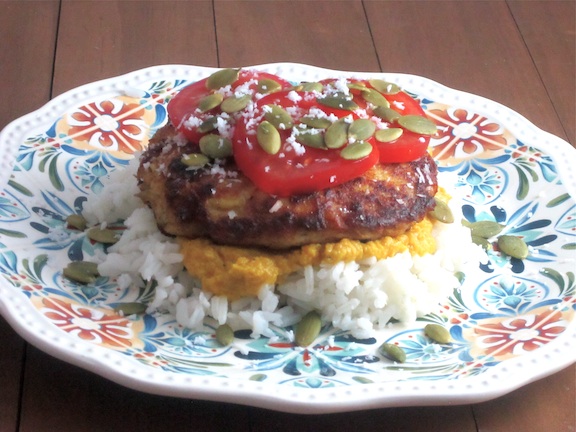Introduction: Kiribati’s Agricultural Practices and Cuisine
Kiribati, a small island nation located in the Pacific Ocean, is known for its unique and diverse cuisine that reflects its traditional agricultural practices. Agriculture plays a vital role in the livelihoods of Kiribati people, with most of the island’s population engaged in farming and fishing activities. The fertile soil and favorable climate of Kiribati have allowed farmers to grow a variety of crops, which are used in various traditional dishes.
Traditional Kiribati Crops and Their Culinary Use
The traditional crops of Kiribati include taro, breadfruit, coconut, pandanus, and banana. These crops are used in many dishes, such as the popular ika mata, a dish made from raw fish marinated in coconut cream and lime juice. Taro, a root vegetable, is also used in dishes such as palusami, which is taro leaves filled with coconut cream and baked in an oven. Breadfruit, another staple crop, is often used in dishes such as kare-kare, a stew made with breadfruit, coconut cream, and meat or fish.
The Role of Fishing in Kiribati Cuisine
Fishing plays an essential role in Kiribati cuisine, with various fish and seafood used in traditional dishes. Some of the most commonly used fish include tuna, mahi-mahi, and barracuda, which are either grilled or cooked in coconut milk. Kiribati residents also consume other seafood, such as crab, lobster, and octopus, which are used in dishes like palu sami, a dish made with coconut milk, octopus, and taro leaves.
Food Preservation Techniques Used in Kiribati
Due to the limited availability of fresh produce, Kiribati cuisine relies heavily on food preservation techniques such as drying, salting, and smoking. Dried fish and seafood are commonly used in traditional dishes, while salted fish is often used as a seasoning in soups and stews. Smoking is also used to preserve meat, such as pork, which is then used in dishes like luau, a dish made with taro leaves and coconut cream.
Influence of Modernization on Kiribati Cuisine
With the increasing modernization of Kiribati, traditional agricultural practices and cuisine are slowly disappearing. Many Kiribati residents now rely on imported foods, which have led to a decline in the traditional dishes. However, some efforts are being made to preserve traditional agricultural practices and cuisine through cultural events and festivals.
Conclusion: The Connection Between Kiribati Agriculture and Cuisine
In conclusion, Kiribati’s traditional agricultural practices have strongly influenced its cuisine. The use of local crops and seafood, along with preservation techniques, has created unique and diverse dishes that reflect the island’s culture. While modernization has brought changes to Kiribati cuisine, the preservation of traditional practices and dishes remains an essential part of Kiribati’s cultural heritage.

